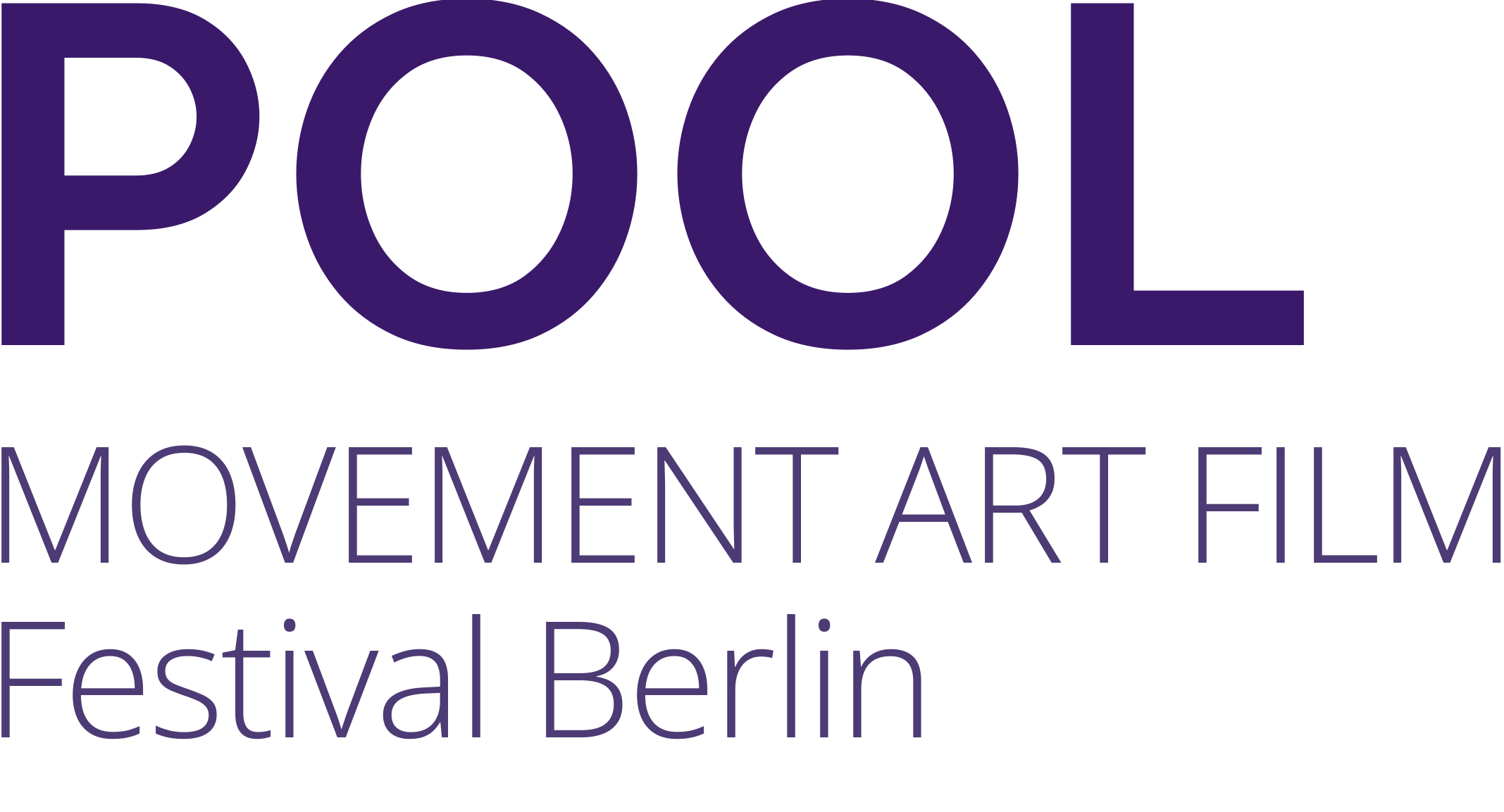“The city has something to say itself” —
POOL dives deeper with Tanin Torabi
Tanin Torabi’s film Until is screened on Wednesday the 13th of September at 19 at DOCK11 as part of POOL’s contemporary dance film selection – PEARLS 23.
8.9.2023
Article by Silja Tuovinen
Images by Hannaneh Heydari
***
Iranian dancer and filmmaker Tanin Torabi appears on my laptop screen sitting on the backseat of a car in Tehran with the sun shining through the back window. It is a cinematic shot, one not unlike from the Iranian filmmaker master Abbas Kiarostami’s films. The car, moving around the city, is a set used often in Iranian filmmaking. “A car isn’t a private space in Iran, it is considered public, and so that question has been in Iranian cinema always” Tanin tells me. In her own films, Tanin steps outside the car, and uses the city, not only as a set but as a protagonist.
The moving city as a protagonist
Trained in traditional folklore dances in Iran, ballet in Armenia, and contemporary dance in Ireland, Tanin got interested in the medium of film because it could travel when she could not. Starting from 2017, Tanin has made three films where the city acts, not as a set or a canvas for the film but is allowed to actively participate as a protagonist or another body in movement. These three films, The Dérive (2017), In Plain Sight (2020) and Until (2023), have been screened at POOL over the years, and have received awards in multiple festivals in categories such as Creative Vision Award, Best Artist Film and Jury Prize. They all work with a long, one-take strategy in filming.
In a way the city has something to say itself.
If you interrupt the city, it is like something is being missed.
Tanin found her vision of filmmaking through a combination of experimentation and accident when preparing for her first film in the series, The Dérive. “My work is experimental – I would go out into the field and see what is interesting to me. I go outside, I explore and prob and see what is there” Tanin says.
What was clear for her from the beginning was that she wanted to shoot the film in a Bazaar in Tehran, “rain or shine”. She went to spend time there with her cinematographer friend. “He started to film my work as I was passing through the Bazaar. Back home we looked at what was going on. We did not have the one-take idea before but then when we saw the film, we thought it’s nice and don’t want it to be interrupted – in a way the city has something to say itself. If you interrupt the city, it is like something is being missed. I enjoyed having this sense of honesty in the film. Improvisation and exploration had brought the filmmaker duo to an expression that underlines subtleties, everydayness, and chance.
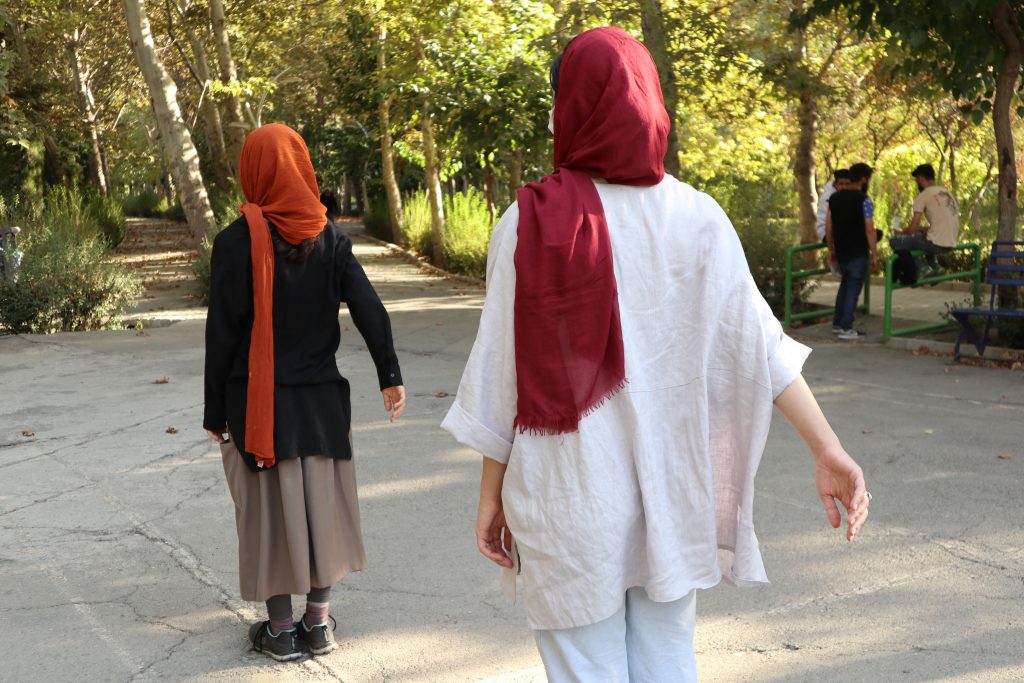
Improvisation hand in hand with planning
When Tanin started making films in 2014, and quickly received recognition in the dance film field, she was not trained in filmmaking: “I had not touched a camera by this point, but I had an idea for a film.” Her way into the field was in itself tinted with improvisation, and a search for a venue for expression.
I will look for movements, and the movements need to be related to that particular space.
While her films use improvisation in the making process, they also require careful preparation and research. When shooting the film, The Dérive, she and her cinematographer spent a month in the Bazaar to understand the space: what is it like, who are the people, and the shopkeepers? Eventually they drew a map of the space to determine their shooting path. “I search for the most creative path to tell something interesting. I will look for movements, and the movements need to be related to that particular space” she says. In the film The Dérive the rotation of her torso as she is moving through the crowd is an important motif. Tanin searches for movements in the city that are accepted and already happening such as putting on one’s scarf, tying shoelaces and walking. She takes them one small step further in the choreography, to enhance the small nuances in the city atmosphere. Her vision is not to impose something on the city but to listen to it.
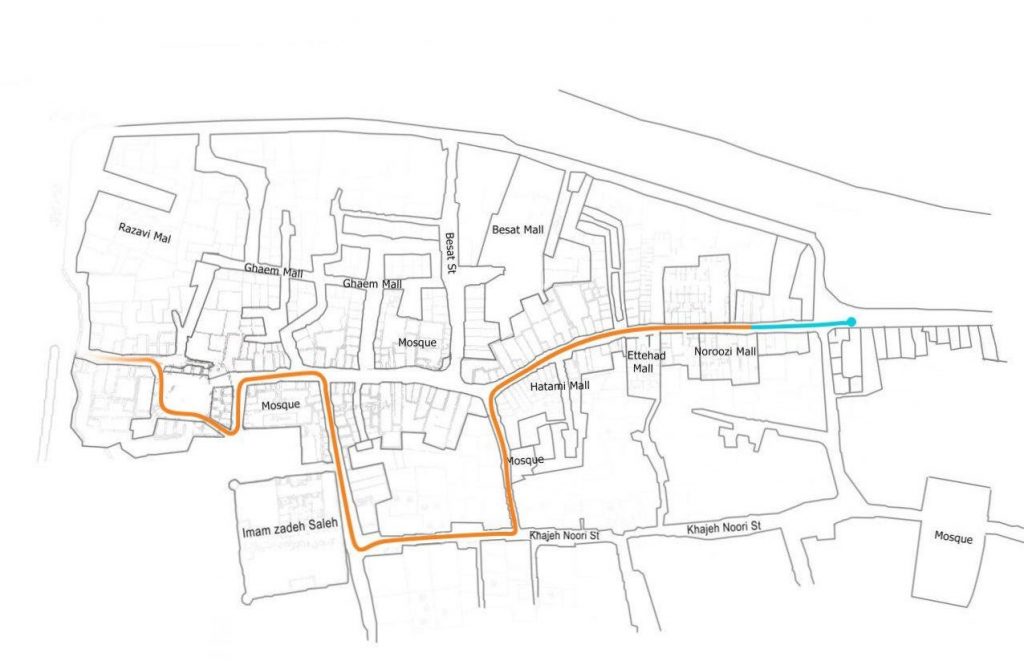
Filmmaking as a listening act
When asked what she has learned over the years, Tanin answers: “filmmaking”. She has developed her own genuine approach in filmmaking and its underlying philosophy. Most importantly she has learned teamwork, and its importance, as well as to trust people and admire them. “If I choose to work with someone, I will trust them one hundred percent – whatever they say is valid” Tanin tells me.
Sometimes cooperation with a person or the initial plan or the filmed material doesn’t work out and cause trouble. For instance, for In Plain Sight, Tanin first had made a contemporary avant-garde idea that was not following a one take strategy, which was then rehearsed and filmed. Tanin tells me “but when I saw the film finally, I thought the city is being missed and it’s saying that it wants to be seen. This contemporary idea does not make sense here because the city is more interesting. The city has a lot of movement in itself that needs to be embraced.”
What does the material have to say to you?
Tanin repeatedly asks “what does the material have to say to you?” Filmmaking appears as a listening act for her, where the main point is not so much imposing one’s own idea, but rather listening to what is already there. In the same way as Tanin would trust her collaborator a hundred percent, she places that same trust on the filmed material. For the most part, Tanin trusts that what she knows, and wishes to say, is somehow there in the filmed material, through silent knowledge.
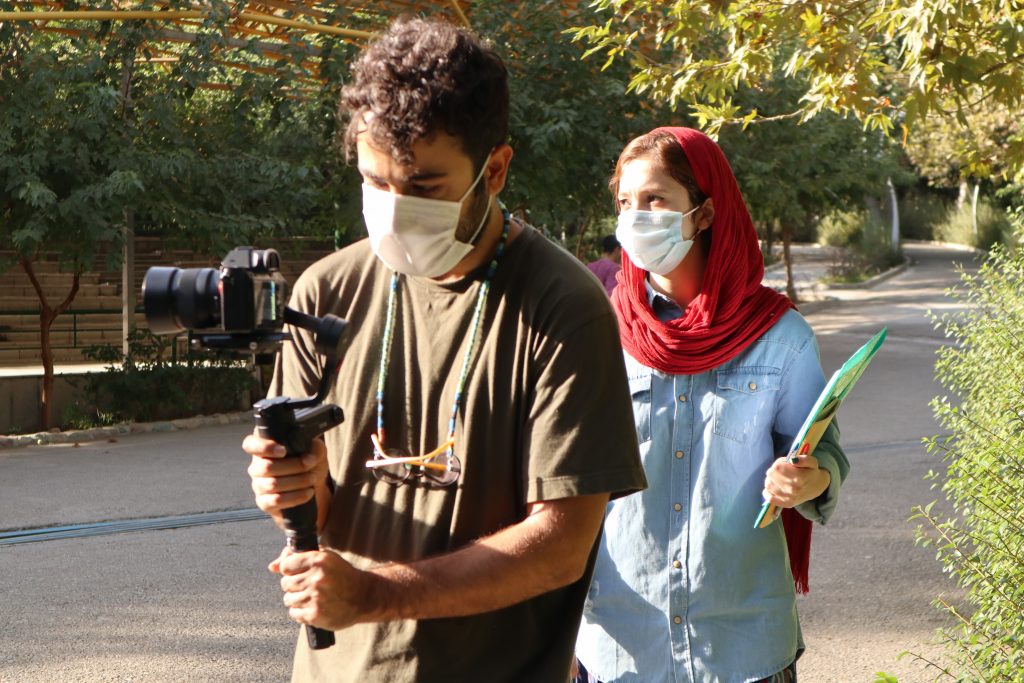
Dance film with a documentary tone
Tanin’s films fall under the category of dance film, even though explicit dancing is not the protagonist in the films. Stylistically the films have a nuanced undertone of documentary film. “The films aim to give an honest picture of the city at a particular time… I am interested in what is happening now. In The Dérive I ask, how would people move in a Bazaar in Tehran? In the film In Plain Sight, how would they move in a boulevard during Corona time, and after many socio-political conflicts in the country? The films are documentations on the city and what we are feeling on the streets” Tanin contemplates.
The films are documentations on the city and what we are feeling on the streets.
Tanin’s newest film Until is a film that has come out after the recent uprisings in Iran. As Tanin’s filmic research is about urban movements in Tehran, she could not help but to respond to the new changes. She says “I asked people who I was supposed to work with: what have you been experiencing during this time? What feelings do you have? What are the physical actions that are happening? – Hugging, supporting, running, falling – all these things are the themes that came out of discussions that we had.” Tanin sees her last three films as an honest, yet artistic study of the quick changes Tehran city was subject to in the past few years.
Tanin’s films travel today, as she had hoped when starting her path in filmmaking. Her films travelling to us viewers might function as kind of memorial sites of things in the recent past, as well as revelations of current realities. In Iranian artistic expression, “because we have always had to be not direct, we have to find another way to express our compulsions and address ideas, so the art often becomes rather poetic and artistic.” One has to be creative also in creating the space to be able to say anything – Tanin turns to the city.
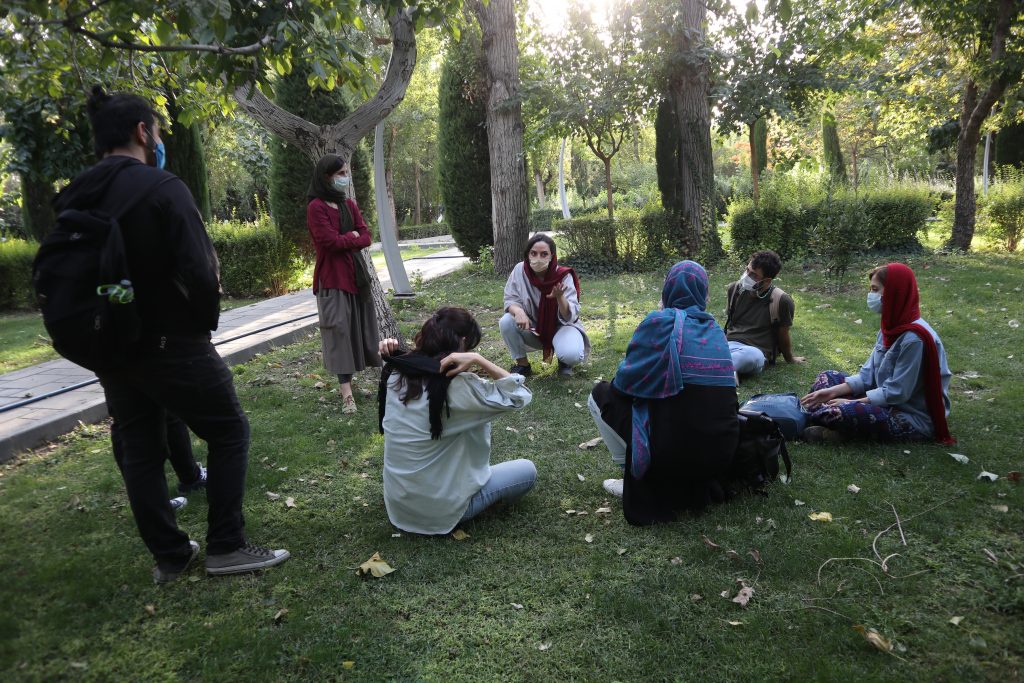
Tanin Torabi
*Iranian dancer and filmmaker interested in movement.
*trained in classical and folklore dances in Iran, ballet in Armenia, and holds an MA in Contemporary Dance Performance from University of Limerick.
*made her first dance film Immensity in 2014.
*her works have been honored numerously by renowned festivals and academies worldwide
*she has served as a jury member of festivals like Cannes Dance Film Festival (FR), Dance Camera West (USA), Jacksonville Dance Film Festival (US)
*https://tanintorabi.art/
